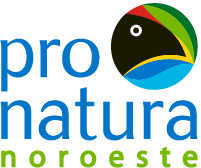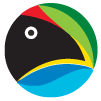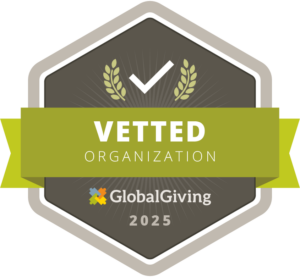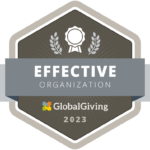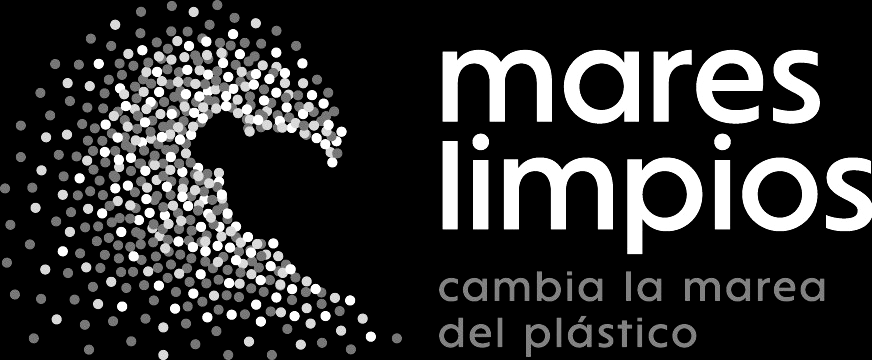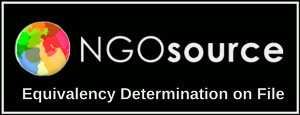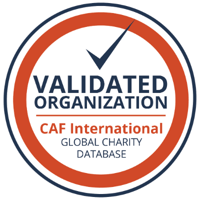San Felipe, a port in the Upper Gulf of California, looks forward to sustainability after the blue shrimp embargo. With the support of Pronatura Noroeste and the Canada Fund for Local Initiatives, this community boosts sustainable fishing and the access to global markets with small drag nets and the Ikejime method.
San Felipe is a port that is about to be 100 years old. It was founded in 1925 by fishers that saw in this place one of the best sites in the Upper Gulf of California to fish two world class products: blue shrimp and croaker. Everything happening in San Felipe goes around fishing, and its people are proud of that, being this region a highly productive one.
Nevertheless, there are significant challenges to improve the revenues of the population after the blue shrimp embargo that the United States government carried out in 2018, under the Ley de Protección a Mamíferos Marinos (Marine Mammal Protection Act). This law seeks the conservation of the vaquita, which gets trapped circumstantially in the traditional fishing methods.
¨We cannot commercialize shrimp (in the United States) because it is fished using nets, and currently there isn’t a legal and economically viable net useful in an environmental way. And while this matter is being dealt with, we use the tools that fishers are already using¨, stated Anabel Espinoza, leader and community liaison in San Felipe.
This is not the first time an embargo takes place in the region of the Upper Gulf. This happened as well in 1975 with totoaba, which is usually caught in fishing methods such as gill nets and seine net fishing, traditional methods that are used to capture shrimp, however these methods end up being a mortal trap for a wide variety of marine species.
For the fishers of the region, large-scale fishing is the ideal way to carry on their activities, since their products -such as blue shrimp- are sold exclusively in the national market and the revenue is not enough to improve the development of the communities.
New techniques for the conservation and improvement of fishing
The fishers’ challenges will be to try to change the methods they use to lift their product off the sea and, at the same time, to generate an added value. The alternative would be using other fishing methods that do not compromise the conservation of the vaquita.
In Pronatura Noroeste, along with the Canada Fund for Local Initiatives, the use of new fishing methods has been promoted with a fishing support program. This program involves the use of small drag nets to capture shrimp, as well as the hook, handline fishing and the Ikejime method to fish species such as the croaker.
“The environmental needs are not the only things kept in mind to save the species from the brink of extinction, but also the tons of requisites and social needs required to actually retrieve the populations of the vaquita marina”, stated Valeria Towns, Conservation Manager in Pronatura Noroeste.
The amount obtained with traditional fishing methods in the Upper Gulf of California allows fishermen to sail with operational costs, such as fuel and production payment to fishers.
To consider a fishing day as a good one, at least between 155 or 176 lbs. must be collected. This could be considered an optimal production, because the price of the products has increased and, currently, 2 lbs. of blue shrimp could cost up to 200 pesos. This means that achieving this economic goal, fishers will have to spend plenty of time in the sea.
Sustainable Fishing: Replacing quality for quantity.
Pronatura Noroeste’s proposal on the use of new fishing gear is to change the prevailing paradigm of quantity of production over quality. It includes creating new strategies for self-regulation of the activity, involving fishermen in government decisions and seeking new high-value markets; as well as showing U.S. officials the benefits of other fishing gear that do not harm marine species, such as the vaquita.
“It is working with added value,” said Valeria Towns, who then explained that these methods can be applied and certifications on sustainable fishing can be presented, so that different products can be used without damaging other endangered species.
The project is about fishing for two species, blue shrimp and croaker, as they are the most productive fisheries and the ones interest fishermen the most.
Towns said that they are working to promote the Ikejime method in croaker, which has proven to be a higher quality method, since this Japanese process consists of slaughtering fish quickly and painlessly, a technique whose effects prevent the meat from spoiling due to the formation of lactic acid, improving the color, texture, and flavor.
Meanwhile, with the fishing of shrimp with small drag nets, Pronatura Noroeste has presented this Mexican technique, which was developed in La Reforma, a fishing village in Sinaloa, which takes advantage of the force of the winds and currents to facilitate the capture of shrimp from artisanal boats using this fishing tool.
Towns said that fishing with small drag net must be improved and adapted to achieve greater volumes in the Upper Gulf, but that this must be carried out hand in hand with fishermen, who know better the needs of the region.
The economic opportunity is that, with these sustainable practices, seafood increases its value in the market and its high quality can be sold inside and outside of Mexico at better prices.
FACT:
In 2018, under the Marine Mammal Protection Act in the United States, the Upper Gulf shrimp fishery was embargoed, so blue shrimp fishermen, which has a high value in the market, cannot be commercialized in that country.
GLOSSARY
- Fishing gear – Tools used to catch fish or other aquatic species.
- Ikejime Method – Fishing process of Japanese origin consists of slaughtering fish quickly and painlessly, a technique whose effects prevent the meat from spoiling due to the formation of lactic acid and rapid freezing after being extracted, improving color, texture and flavor.
- Small drag net – It is a sustainable and exclusive fishing gear for catching shrimp. They are nets that take advantage of the force of winds and currents to facilitate the capture of shrimp from artisanal boats.
- Hook and Handline – A technique that, as the name suggests, involves using a hook and line to catch fish.
- Added value – Extra value that is given to a product or service during the production process.
- Sustainable Fishing – Ensure that fishing is profitable and remains healthy for present and future generations with the decrease in incidental fishing, giving greater economic and social opportunities.
In Pronatura Noroeste we promote the self-regulation of the Upper Gulf of California with the support of donors and partners:
- Alumbra Innovations Foundation
- Marketer El Sargazo
- National Commission of Natural Protected Areas
- Mexican Council for the Promotion of Fisheries and Agricultural Products
- Canada Fund for Local Initiatives
- Food and Agriculture Organization of the United Nations
- International Conservation Fund of Canada
- Regional Administrative Monitoring of Marine Species
- National Oceanic and Atmospheric Administration
- Oceans 5
- ABC Fishing
- Re: Wild
- Cetacean Action Treasury
- Alto Golfo de California and Colorado River Delta Biosphere Reserve
- Secretariat of Environment and Natural Resources
Translated by: Mauro Dávila y Kimberly Alcaraz
Reviewed and edited by: Héctor Sánchez
